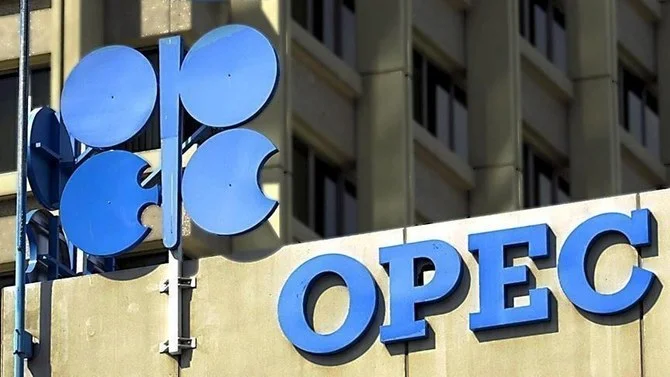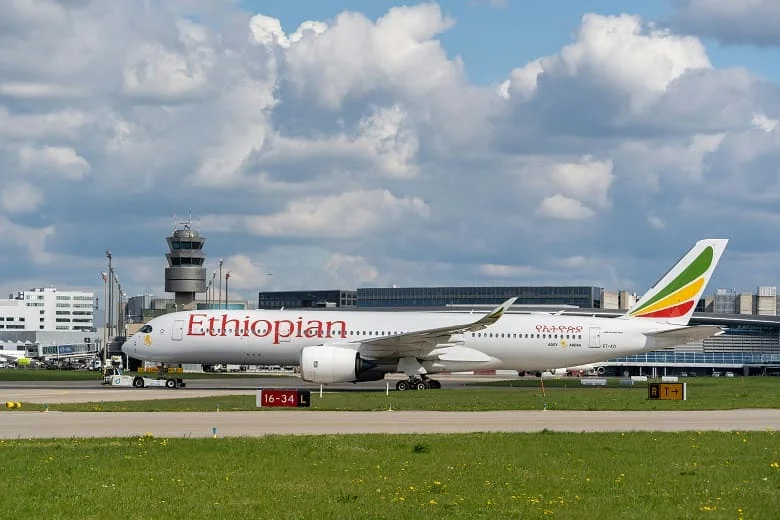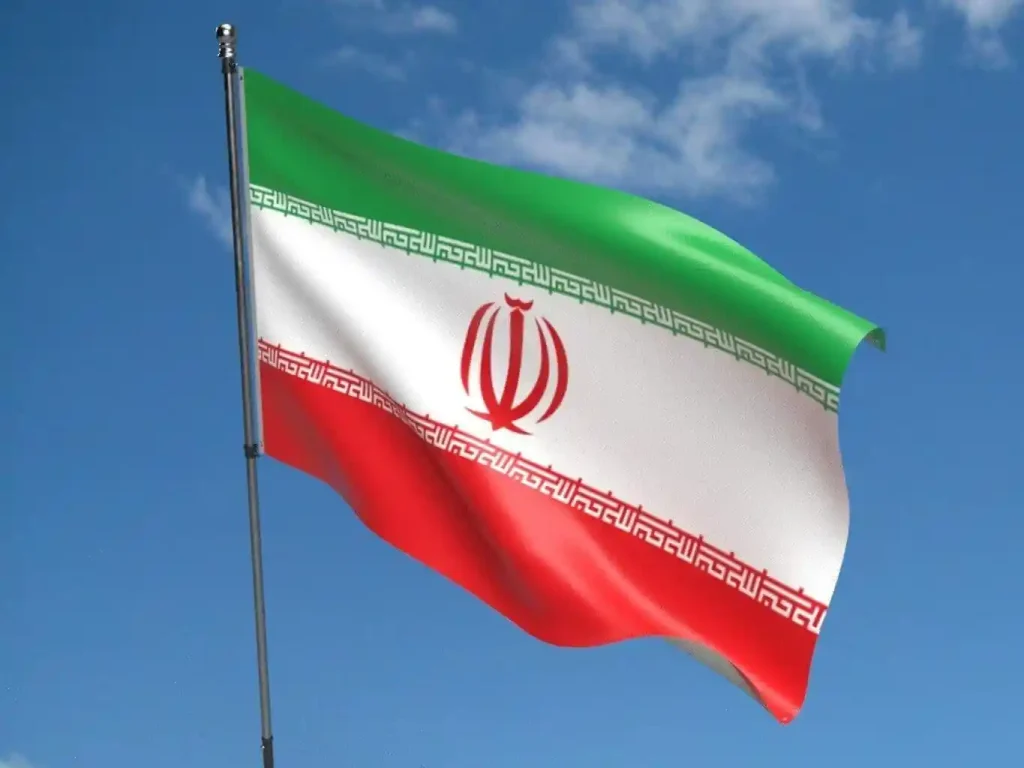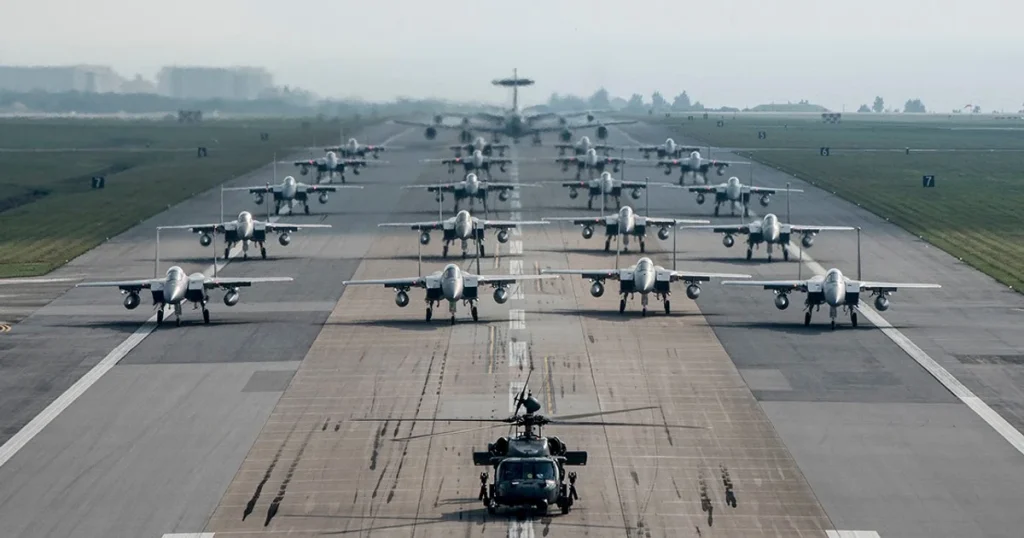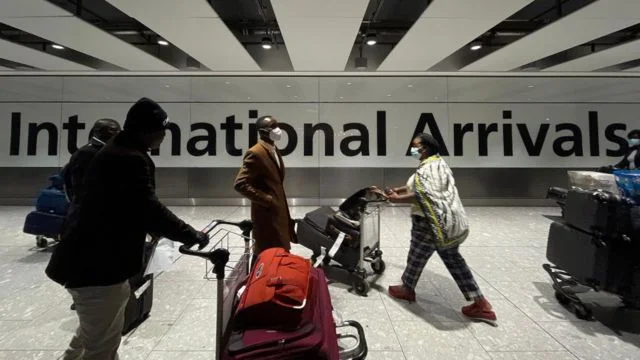OPEC+, comprising eight key members—Saudi Arabia, Russia, UAE, Kuwait, Oman, Iraq, Kazakhstan, and Algeria, will meet virtually on July 5, 2025, to determine August oil output levels, with sources indicating a potential increase exceeding the 411,000 barrels per day (bpd) hikes implemented for May, June, and July.
This follows a strategic shift to unwind a 2.2 million bpd voluntary cut started in April, aimed at regaining market share despite downward pressure on crude prices.
Details of the Proposed Output Hike
Discussions within OPEC+ point to an August increase potentially larger than the 411,000 bpd hikes set for the prior three months, though maintaining the same level remains a possibility.
As of July, the eight members have restored 1.37 million bpd, or 62% of the 2.2 million bpd cut, with the UAE also boosting output by 300,000 bpd.
The accelerated hikes reflect a focus on market share amid rising competition from non-OPEC producers like the U.S. shale sector.
However, Brent crude prices have fallen to around $64 per barrel, down 16% since January, partly due to these increases and U.S. tariff policies.
Compliance Issues and Internal Tensions
The decision to ramp up production stems partly from frustration over non-compliance, particularly by Kazakhstan and Iraq, which have exceeded quotas.
Kazakhstan’s output hit a record high in June, driven by the Chevron-led Tengiz field, prompting Saudi Arabia, OPEC’s de facto leader, to push for accelerated hikes to penalize overproducers.
The group has urged Kazakhstan, Iraq, and others to compensate for overproduction since January 2024, with monthly meetings to monitor compliance.
Algeria, however, requested a pause in hikes due to low prices, highlighting internal divisions.
Market Dynamics and Strategic Shift
OPEC+’s strategy shift, initiated in April 2025, prioritizes volume over price support, contrasting years of curbing output by over 5 million bpd.
The group cites “healthy market fundamentals” and low oil inventories, expecting demand to rise in summer.
Yet, global demand growth forecasts for 2025 are modest, at 740,000–775,000 bpd, and U.S. tariffs under President Trump, who has pushed for lower prices, add economic uncertainty.
Saudi Arabia’s economic diversification into tourism and data centers reduces its reliance on high oil prices, enabling bolder output increases.
Implications for Global Oil Markets
The rapid unwinding of cuts risks further depressing prices, with Goldman Sachs cutting its 2025 Brent forecast to $66 per barrel due to tariff escalation and higher OPEC+ supply.
Analysts warn that prices dropping to $60 could force a pause or reversal, though resistance from Iraq and Kazakhstan, eager for revenue, may complicate this.
Social media discussions reflect skepticism, with some suggesting the hikes are symbolic to enforce compliance rather than actual supply increases.
OPEC+’s flexibility to adjust plans monthly offers a buffer, but the group’s focus on market share could strain relations with U.S. producers.
Looking Ahead
The July 5 meeting’s outcome will shape oil markets amid volatile conditions.
A larger-than-expected hike could intensify price pressure, while maintaining the 411,000 bpd increase may signal caution.
With OPEC+ pumping half the world’s oil, its decisions will reverberate globally, balancing compliance, market share, and economic uncertainties like tariffs and demand growth.

